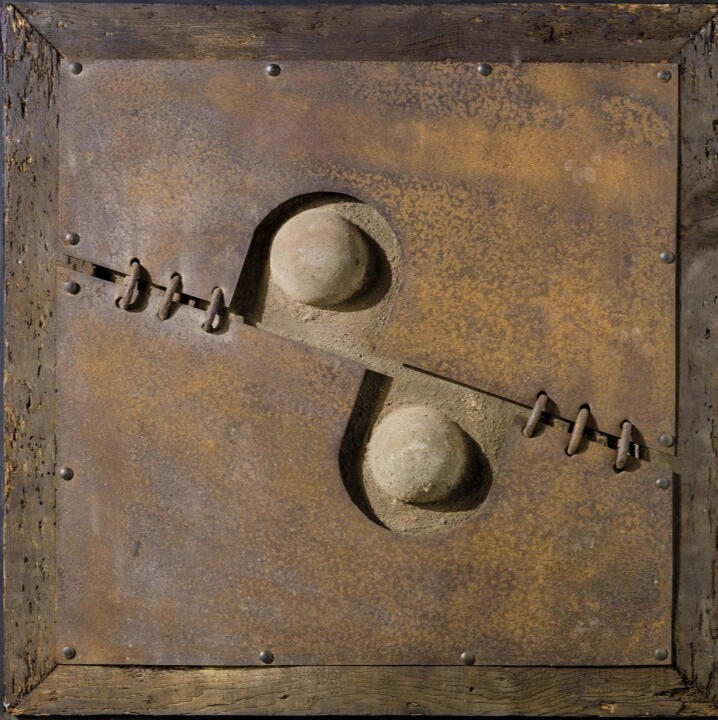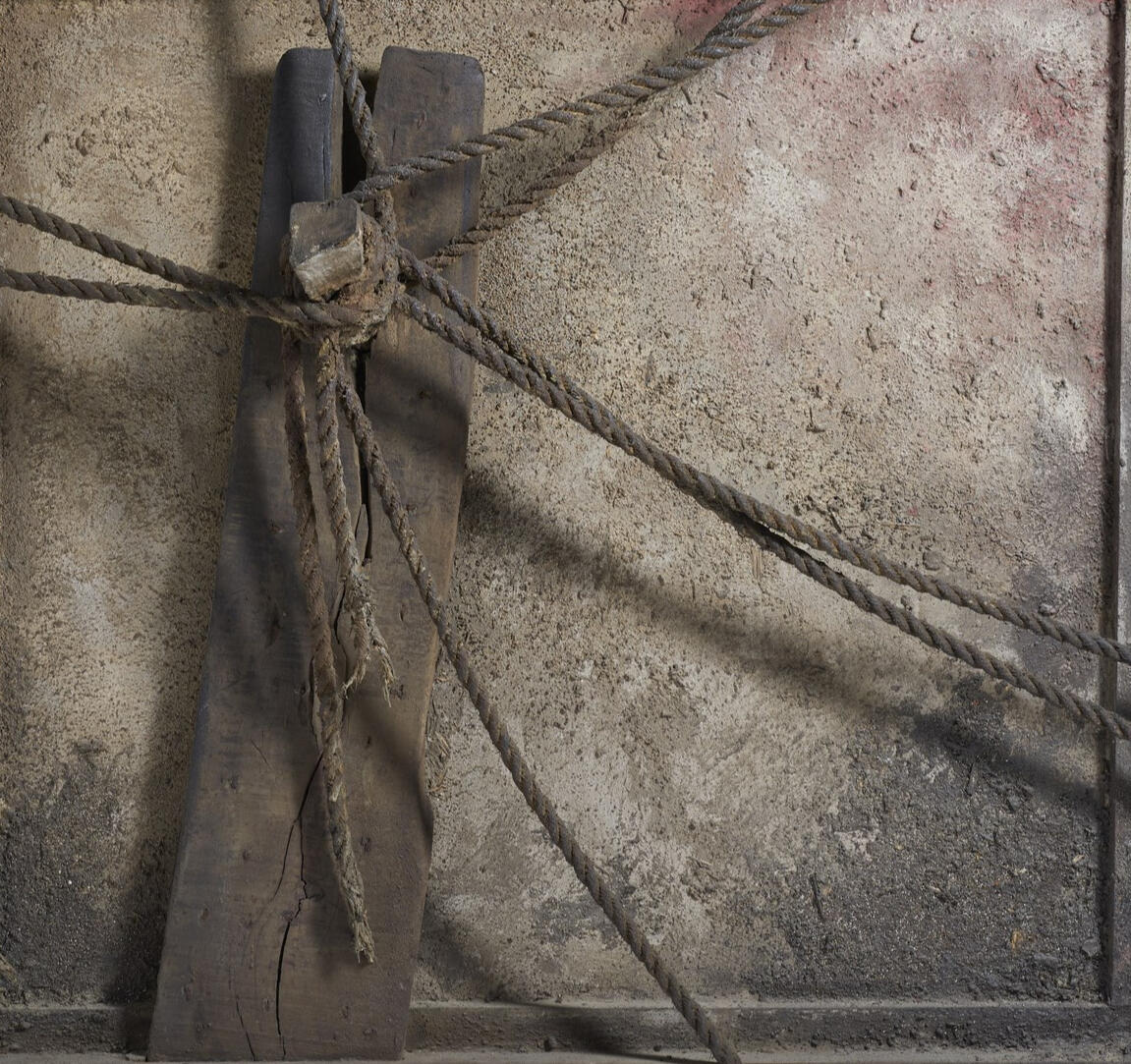The avant garde Italian artist
Feruccio Bortoluzzi
Early Life & Education

Ferruccio Bortoluzzi was born on October 3, 1920, in Venice, Italy. Growing up in the culturally rich environment of Venice, Bortoluzzi was exposed to art from an early age. He studied at the Accademia di Belle Arti di Venezia, where he honed his skills in drawing and painting.
Ferruccio Bortoluzzi (1920-2007) was an Italian painter and sculptor known for his modern and abstract artistic expressions. He played a key role in Venice’s art scene in the post-war period, becoming one of the most prominent figures in Italian contemporary art. His work spanned multiple mediums, showcasing a deep connection to the changing cultural and social landscape of 20th-century Italy
His early works were heavily influenced by the traditional styles of the Venetian masters but soon he began to evolve as he delved into modern art movements. Bortoluzzi’s artistic journey was marked by a constant evolution. Initially inspired by the figurative style, he gradually embraced abstract forms, reflecting his deepening interest in the exploration of materials, space, and color. In the 1950s and 1960s, Bortoluzzi participated in numerous group exhibitions, gaining recognition for his unique approach that merged elements of abstract art with a strong emotional intensity.

One of the key moments in his career was his involvement in the Spazialismo (Spatialism) movement, spearheaded by fellow Italian artist Lucio Fontana. Bortoluzzi’s works during this period often featured bold, dynamic lines, and layered textures, pushing the boundaries of traditional painting by incorporating elements of three-dimensional space.
Career & recognition
In the 1960s, Ferruccio Bortoluzzi’s work gained international recognition. He exhibited his art in prestigious galleries and biennales, including the Venice Biennale, one of the most important contemporary art exhibitions in the world. His ability to blend emotional depth with abstract forms resonated with art critics and collectors globally. His exhibitions spanned across Europe and beyond, with his work being featured in cities like Paris, New York, and Tokyo. Despite his growing fame, Bortoluzzi remained deeply connected to Venice, often using the city’s unique light, color, and texture as inspiration for his pieces.
Among Ferruccio Bortoluzzi’s most notable works are his series of abstract paintings that explore the tension between light and shadow, surface and depth. His sculptures, made from unconventional materials, are also highly regarded for their innovative use of form and space. His piece, “Strutture Spaziali” (Spatial Structures), epitomizes his exploration of the void and fullness, incorporating both painting and sculpture elements. His works are held in several prestigious art collections and museums worldwide, ensuring his lasting impact on the art world.
In his later years, Ferruccio Bortoluzzi continued to create and experiment with new artistic forms until his death in 2007. He remains a significant figure in the history of modern Italian art, particularly for his contribution to the Venetian art scene. Bortoluzzi’s legacy lives on through his artworks, which continue to be displayed in exhibitions and private collections. His experimental approach, combined with his ability to convey deep emotional experiences through abstract forms, has made him an enduring figure in contemporary art. Conclusion Ferruccio Bortoluzzi’s influence on the world of abstract and modern art cannot be overstated. His innovative approach to form, space, and emotion continues to inspire new generations of artists. Whether through his paintings or sculptures, Bortoluzzi’s work remains a testament to the transformative power of art.




